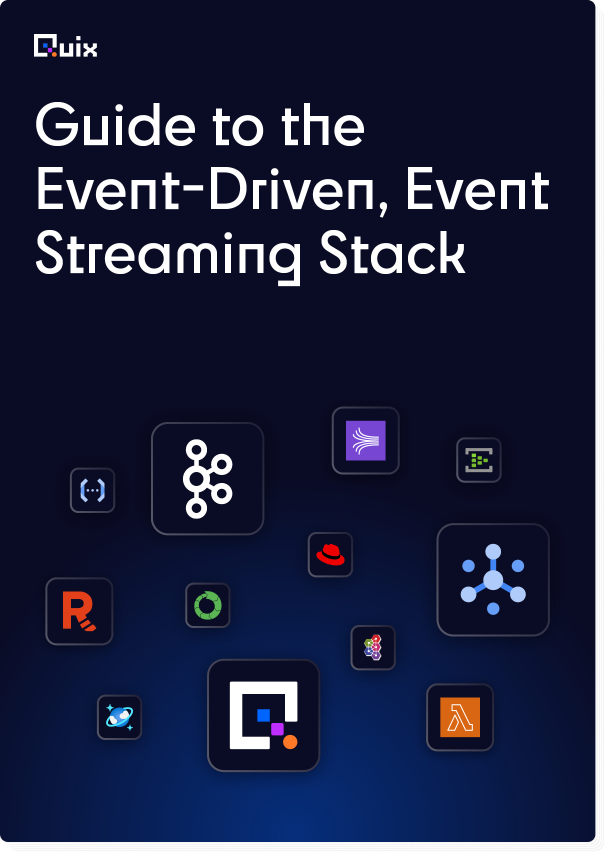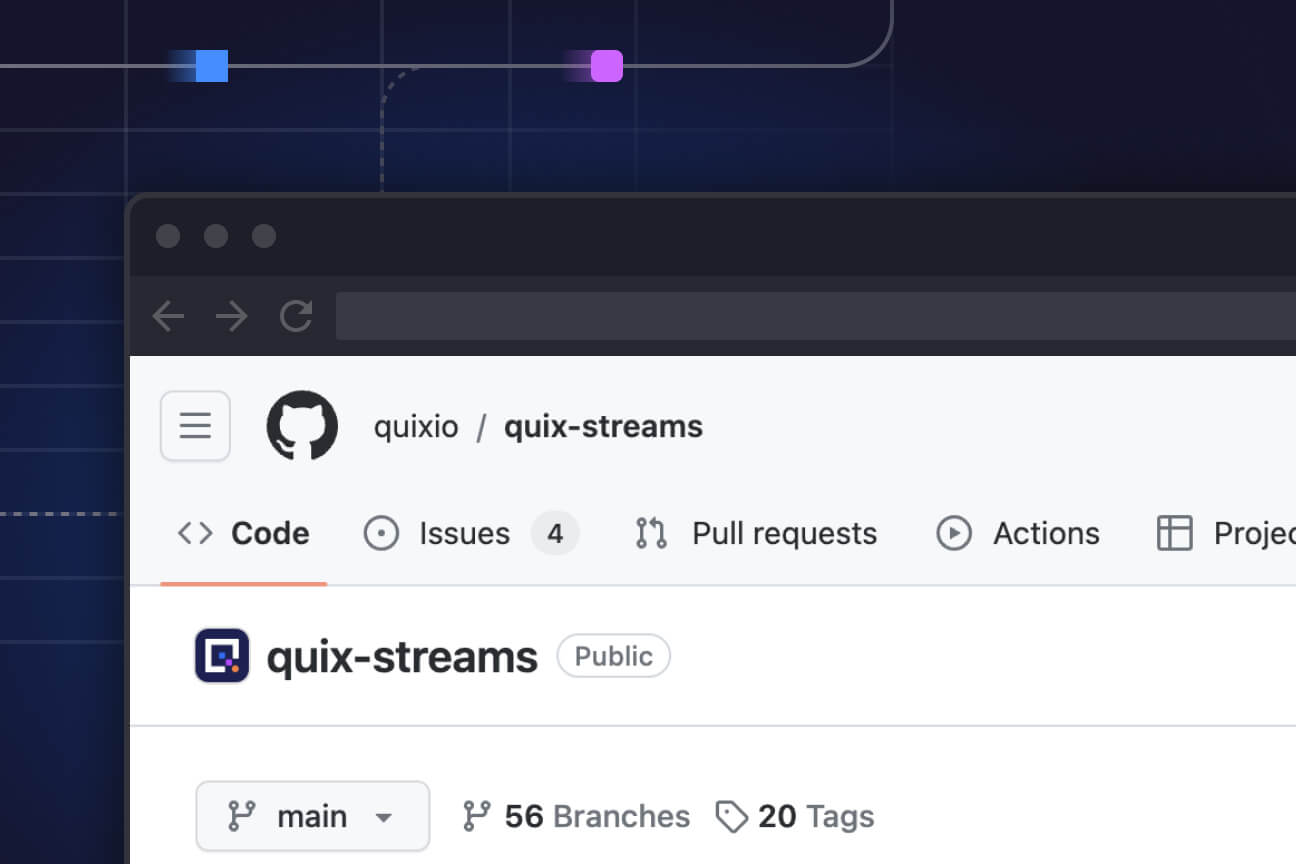The Stream — February 2022 edition
The February 2022 edition of The Stream: covering this month in stream processing on the internet.

A roundup of our best content and product updates
The best proof of Quix’s product, besides trying it yourself, is the inside story of how one of our customers solved a major business problem. In this month’s edition of our newsletter, we highlight two major case studies.
First, how did a race-winning telemetry company use Quix to increase performance and resiliency? This case study features our customer Control, which was able to reduce hands-on time for its engineers while ensuring peak connectivity from anywhere on the racetrack. I think the most impressive aspect of this use case is the fact that we delivered 82 machine learning models in just two weeks’ time.
Second, take a deep dive into the business strategy behind usage-based billing, which delivers maximum value for both customers and companies. It’s no wonder this pricing model is rapidly replacing subscription models in SaaS and beyond. My colleague Patrick Mira Pedrol, our Head of Software, invested months in this technical project for Quix and gives you the all-access tour in his deeply technical post.
But maybe I’m getting ahead of myself. You might be wondering about this whole data stream processing revolution, too. And truth be told, it can be a bit scary — especially since it was once solely the domain of big tech companies and their army of infrastructure engineers.
So in addition to case studies, we’re reporting on some fantastic use cases in stream processing (regardless of whether they use Quix to make it easier). Stream processing helps organizations:
- Enable more customer-centric data, featuring stories from Netflix, Strava and Project BreathEasy
- Empower employees, featuring stories from Levis and John Deere
- Scale up massively, for the likes of Twitter and Alibaba
- Serve the greater good, such as in the cases of the University of Chicago Medical Center, Ayazona and Karros
- Reduce latency, which helped Booking.com, Goldman Sachs and GoSpotCheck
- Improve personalization, featuring house hunting app Trulia and healthcare applications from Etiometry
Here’s a sample of the real business gains these organizations reported:

Enjoy this month’s newsletter with highlights of our top content. And if you’ve got a use case, let’s talk. Book a consultation to chat with us about your project.

Pay as you grow
An insider’s guide to building a bulletproof usage-based billing system. Get the business strategy and the deep technical details of this project in a two-part series

Two weeks, 82 ML models, one goal: performance
See how Quix customer Control delivers on its race-winning telemetry promise, in an intriguing case study that significantly reduced hands-on engineering time.

How to take a customer-centric approach to data
Three ways that data stream processing helps organizations deliver better customer experiences, from greater responsiveness to product feedback loops.

The future of the modern data stack
Just as cloud replaced on-prem, data processing is moving from static to highly efficient stream processing. See highlights from a recent conference panel.
More insights
- Three architectural diagrams (absolutely not simplified) for modern data infrastructure, from the folx and A16Z.
- What’s your take on Kappa Architecture vs. Lambda? Here’s Confluent CTO Kai Wehner’s approach.
- Explore the Periodic Table of Realtime from Ably — an interactive way to learn about various players and protocols.
- Our team is growing, and it’s great! We welcomed frontend engineer Chris Gilchrist, head of technical content Kiersten Thamm, and community manager Theo England to the team.
What’s a Rich Text element?
The rich text element allows you to create and format headings, paragraphs, blockquotes, images, and video all in one place instead of having to add and format them individually. Just double-click and easily create content.
Static and dynamic content editing
A rich text element can be used with static or dynamic content. For static content, just drop it into any page and begin editing. For dynamic content, add a rich text field to any collection and then connect a rich text element to that field in the settings panel. Voila!
How to customize formatting for each rich text
Headings, paragraphs, blockquotes, figures, images, and figure captions can all be styled after a class is added to the rich text element using the "When inside of" nested selector system.

Check out the repo
Our Python client library is open source, and brings DataFrames and the Python ecosystem to stream processing.

Interested in Quix Cloud?
Take a look around and explore the features of our platform.

Interested in Quix Cloud?
Take a look around and explore the features of our platform.






